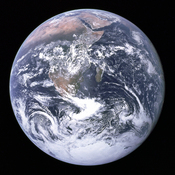Our sun, the focal point of our solar system and the largest star that we depend greatly on for our survival is known as the Sun. It is immense when compared to other planets within the solar system and approximately one hundred times larger than the planet earth. Little is known about the sun's interior composition due to its extreme temperature and immense light reflecting capability.
As we learn more about the sun, we find that there are many elements that make up the sun are also found here on earth. Certain gases, natural elements, and other substances also inhabit the sun, linking it to our solar system making it part of the planetary family. More importantly, it coincides with the theory that our universe was created as one.
Internal Components of the Sun.
There are several ways in which scientists learn about the interior of the sun. Due to the nature of the sun, it is impossible to send a rover for example to it's surface to check it out.
Up until the advanced use of computers, scientists could only estimate about the internal structure of our sun, its' internal temperatures, and pressures. Now using the laws of physics, combined with detailed computers we can now construct highly detailed models of the sun in order to better understand what is going on under the surface.
Like earth the sun contains helium, as well as several other elements. Composed mostly of hydrogen and helium, the sun is a huge ball of gases. The makeup of the star itself is delicately balanced between the weight of the gases, and the pressure from within the core, holding everything together. These balance points within the sun are called hydrostatic equilibrium.
The sun is made up of three layers. The first of these three...


